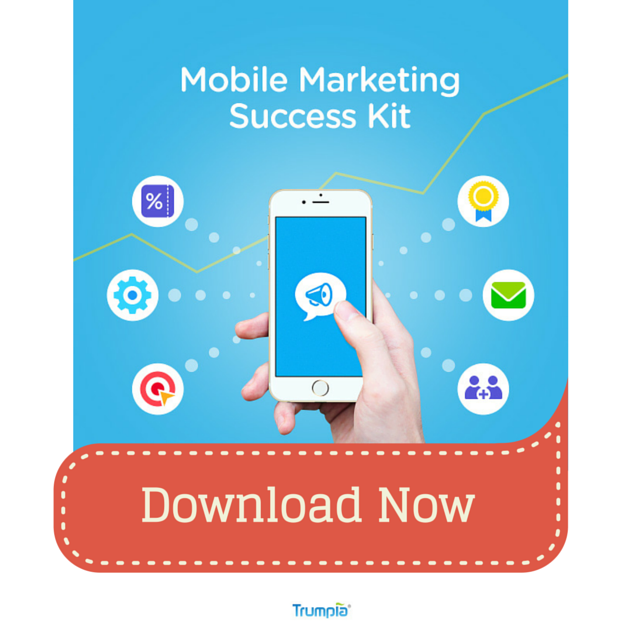 Copyright: ammentorp / 123RF Stock Photo
Copyright: ammentorp / 123RF Stock PhotoOne of the most valuable and most under-utilized business assets is one that does not appear on a company balance sheet. Many companies have taken the time over the years to develop an extensive customer database by capturing names, mobile numbers, email addresses and purchasing histories for their clients.
For many organizations, however, these valuable business assets are poorly maintained and not being leveraged to drive meaningful business results.
Why are customer databases important?
If you subscribe to the “Pareto Principle” also known as the 80/20 rule, then you know how important your most valuable customers are to your business. The “Pareto Principle” states that, for many events, roughly 80% of the effects come from 20% of the causes.
Applied to your business, this means that 80% of your business comes from 20% of your customers. Your customer database presents you with an opportunity to not only understand the wants and needs of your customers, but specifically to hone in on the desires of your top 20%. Managed effectively it provides you with the opportunity to earn future repeat business and extend customer loyalty.
Create Raving Fans
Whether you choose a comprehensive strategy such as the inbound marketing process, or specific tactics such as email marketing, social media marketing or SMS Marketing, consistent communication with your existing customer database should be a high priority for most businesses. Check out this blog starting resource for tips and don’t be afraid to toot your own horn; building a relationship is no time for being humble.
Staying in touch with customers with engaging content, event reminders and special offers is a great way to create raving fans and build significant brand loyalty. This approach does come with some potential pitfalls.
In the influential and landmark study “2010 America,” Peter Francese, consultant to advertising giant Ogilvy and Mather, states that one mistake that many companies make is adopting a “one size fits all” approach to customer engagement.
Here are some takeaways from the study:
- Demographics have changed. There is no more “Average American”, so once-size-fits-all marketing won’t cut it.
- Customer profiling and list segmentation are no longer optional – they’re the new norm in business marketing.
- It is a necessary to invest in marketing tactics that engage and produce response.
- Actual data and past response behavioral analysis paint a true picture of your customers. Assumptions about how segments will behave based on age, gender or simplistic categorization alone aren’t reliable predictors of future response.
By repeatedly sending out the same offers to every contact in your customer database, what message are you sending to your customers?
Probably not a positive message.
Brands and retailers, whether brick and mortar or ecommerce need to be particularly cautious about taking this shotgun approach to customer marketing or risk alienating their most loyal customers.
Significant customers’ trust can be earned for those companies who address unmet customer needs and deliver timely communication to satisfy customer demand.
Database Segmentation
One of the best practices to ongoing customer database management is list segmentation. Segmenting out your database and sending targeted offers to your customers with relevant content, timed to their needs can have a more positive effect on your marketing efforts.
A 2015 case study by MarketingSherpa found that proper list segmentation doubled open rates from 20 percent to 40 percent, with a similar rise in click-through rates when applied to email marketing. Additionally, list segmentation led to lower unsubscribe rates and increased revenue.
Segmenting your customer database may be hard at first but it’s worth the effort to see if you can improve your results. Best advice, KEEP IT SIMPLE.
Here is an excellent article to get you started with list segmentation.
The Power of SMS
Whether your business is B2B or B2C knowing your customers is critical. Before you can send them targeted information you first need to know what they want and how they want to receive your messages.
While email has been the king of marketing communication channels, smart companies are exploring alternatives that better fit the needs of their ideal customers. With the explosion of smart phones, one emerging marketing channel is SMS Marketing.
SMS marketing, or short message service marketing, is the use of short, informative texts that offer coupons, discounts or deals to new and existing customers. SMS marketing can be a powerful approach for a variety of different industries, among them service industries, food service, and higher education.
Automated texting software, like the solutions provided by Trumpia, can help business communication, making it ever easier for you to run your business and provide customers with quality products and services.
With this software in place, you can build a platform through which you can reach potential customers faster, allow customers to provide feedback, manage your workforce, segment your marketing lists and more. Solid communication is essential to running a successful business, and an automated texting software program gives you the tools you need to get the job done.
Your database of customers is critical to your long term success. Integrating your database into specialized platforms like SMS marketing and segmenting your customer database into manageable and appropriate lists, will help your business maintain those valuable customers and bring them back for future purchases, ultimately delivering the business results that you may be searching for.
.png?width=143&name=trumpia_bloglogo%20(2).png)



